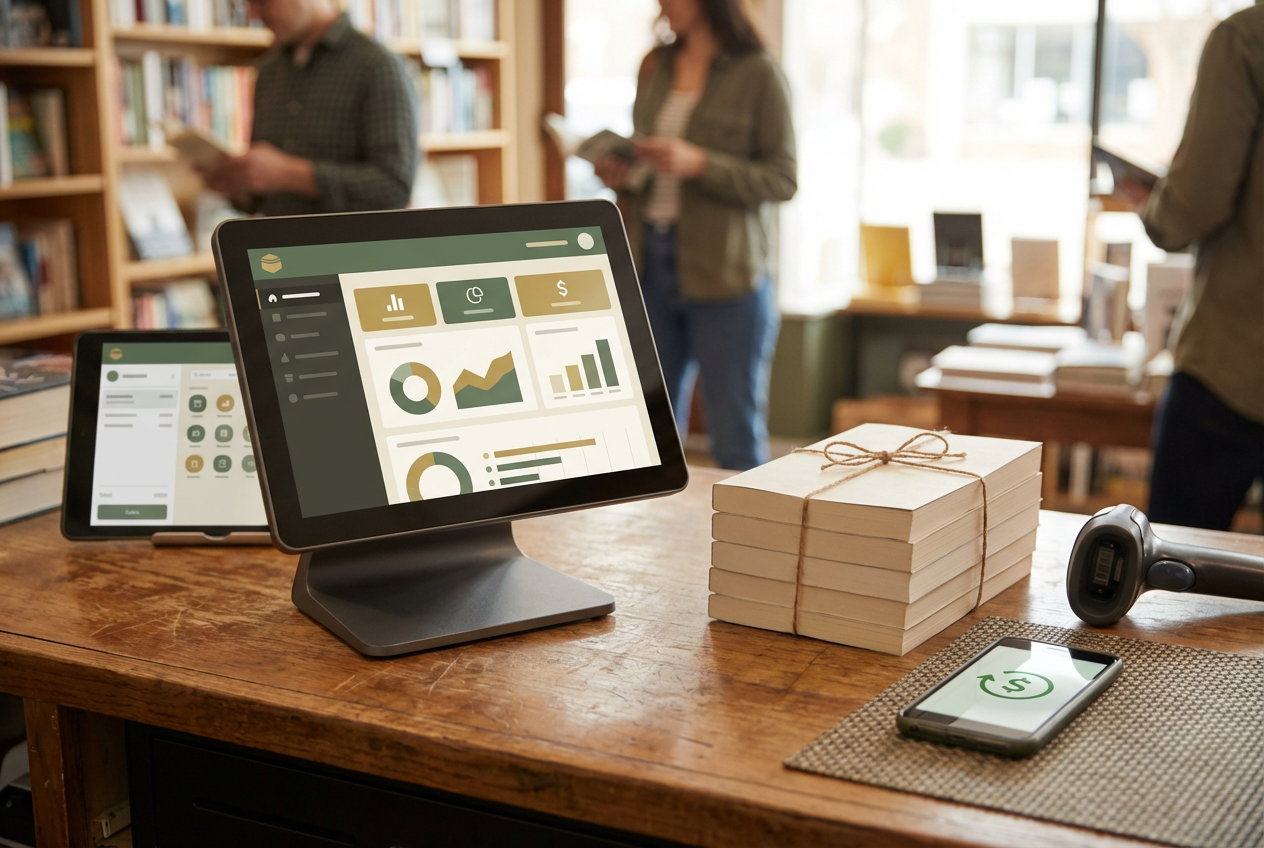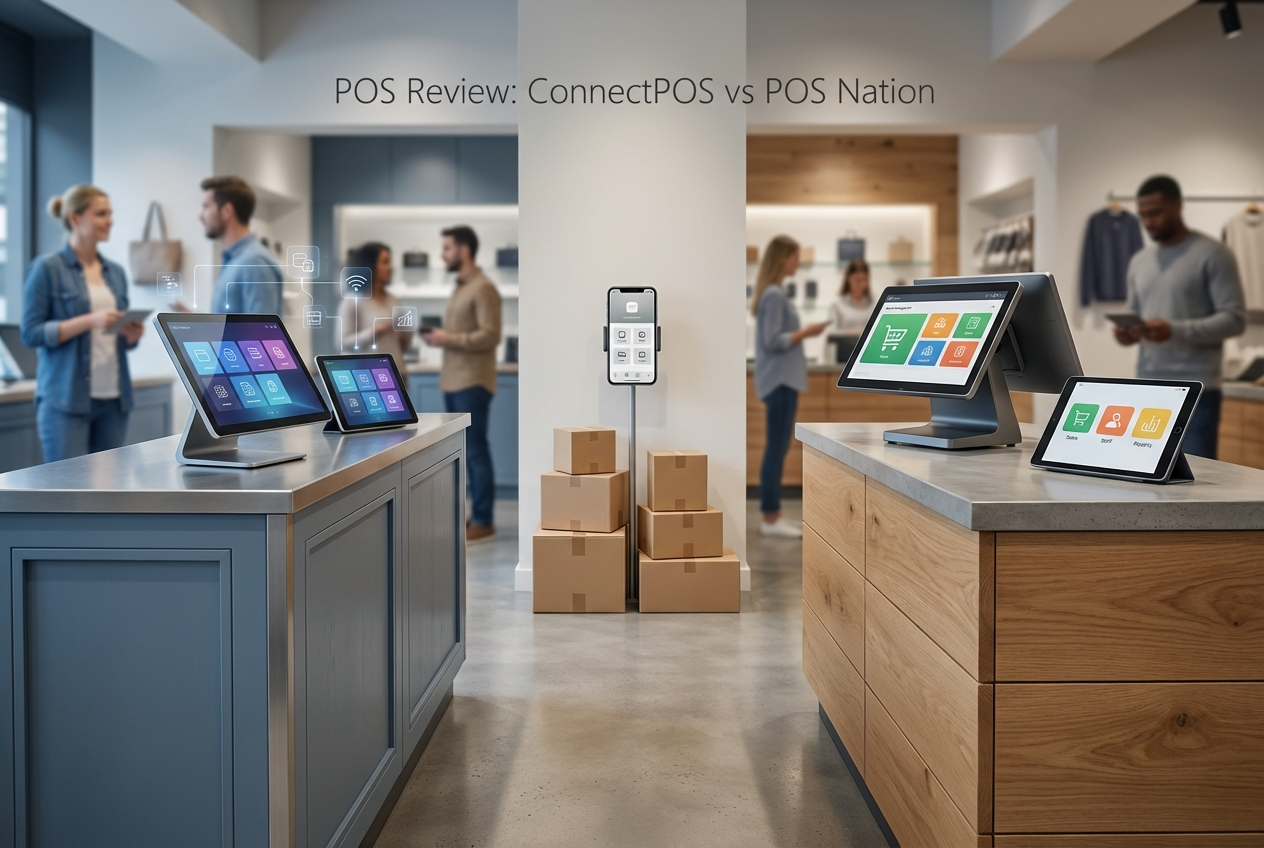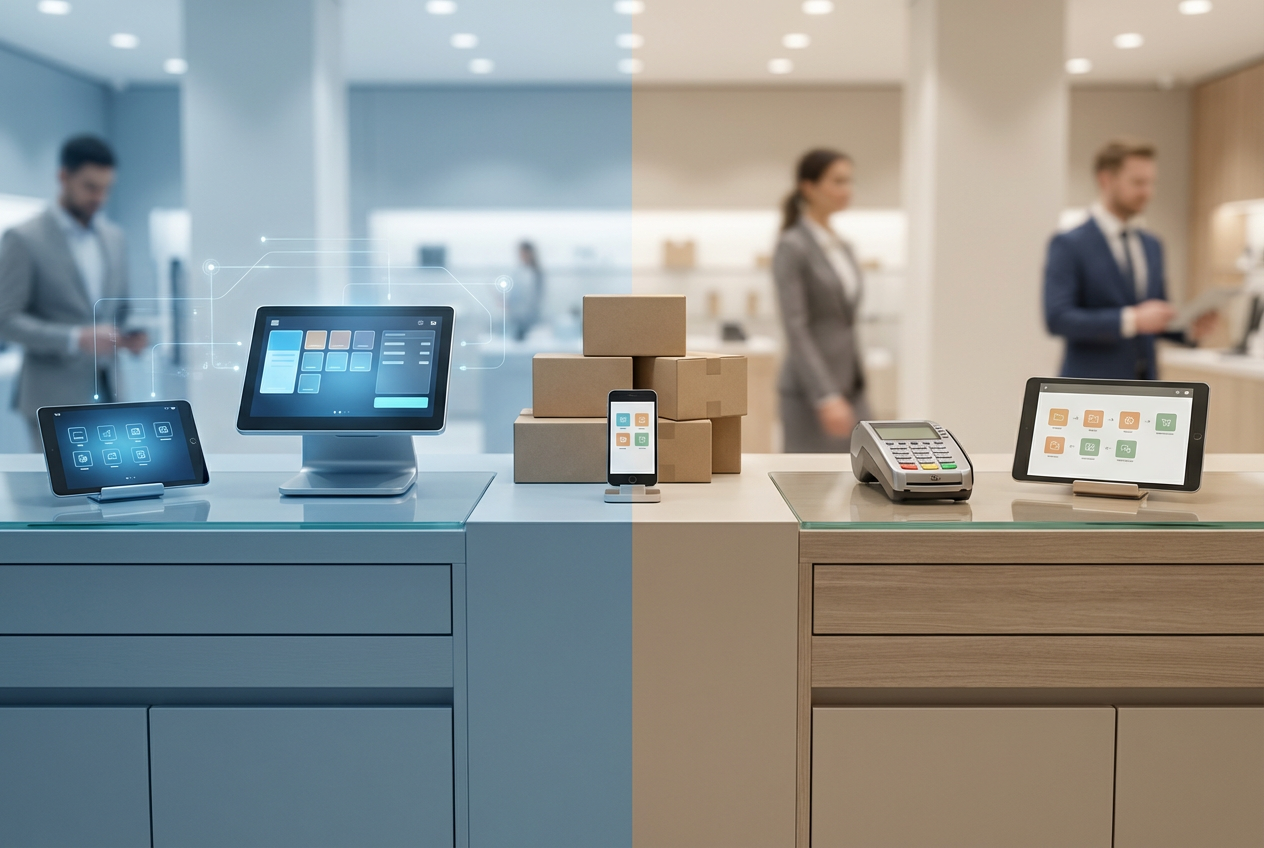What Is RFID Tracking in a Business Environment?
RFID tracking (Radio Frequency Identification) is a method of using radio waves to identify and monitor the movement of items without physical contact or direct line of sight.
It works by attaching RFID tags to physical objects and using RFID readers to pick up signals from those tags. The result is real-time, automated tracking that feeds into an asset or inventory management system.
Whether it’s managing stock in a warehouse or tracking tools on a job site, RFID gives businesses a faster and more accurate way to monitor item location, status, and movement.
How RFID Tracking Works
The system consists of three main components:
- RFID Tags – Small devices placed on individual items. Each tag contains a microchip and an antenna that stores data and communicates it via radio signals.
- RFID Readers – These devices send out radio waves and receive responses from nearby tags, collecting data without needing to scan each item manually.
- Tracking Software – A platform where all the collected data is processed, stored, and displayed. This is where you can view real-time inventory levels, asset locations, and movement history.
Types of RFID Tags
There are 2 types of RFID tags:
- Passive Tags – No internal battery; powered by the RFID reader. These are cost-effective and commonly used for tracking inventory, retail items, or file systems.
- Active Tags – Equipped with a built-in battery to transmit signals over longer ranges. Often used for tracking vehicles, large equipment, or high-value assets in industrial settings.
Where RFID Tracking Makes a Difference
The value of RFID goes beyond just faster scanning. It can reshape how you manage operations:
- Inventory Management: RFID lets you scan dozens (or hundreds) of items in seconds, making stock counts quicker and more accurate.
- Asset Tracking: Know where your tools, equipment, or devices are at any moment, especially useful in construction, manufacturing, and healthcare.
- Supply Chain Monitoring: Track the movement of goods from the warehouse to delivery, improving visibility across logistics operations.
- Healthcare Applications: From tracking surgical tools to managing medication stocks, RFID supports compliance and accuracy in medical environments.
- Access Control: Used in employee badges or wristbands to manage entry to restricted areas.
What RFID Tracking Brings to the Table
Using RFID brings significant advantages for the business:
- Faster Processes: Scanning is done automatically and can cover more items at once than barcode systems
- Fewer Errors: Eliminates manual data entry, reducing the chance of mistakes
- Loss Prevention: Real-time tracking helps reduce theft, loss, or misplacement
- Improved Asset Utilization: Knowing where each item is lets you avoid unnecessary purchases or downtime
- Stronger Reporting: The system provides a clear audit trail of asset movements and inventory changes
RFID tracking gives businesses a way to automate visibility and control over physical assets. It replaces manual logging and barcode scans with faster, smarter tracking—making it easier to run lean operations, spot inefficiencies, and respond quickly when something goes missing or inventory levels shift. Whether you’re managing tools, stock, or shipments, RFID helps you stay connected to what’s moving through your business.
RFID Tracking in ConnectPOS
RFID tracking adds speed and accuracy to how you manage inventory. With ConnectPOS, RFID technology can be integrated to scan items automatically using radio frequency, so you don’t have to rely on manual barcode scanning or data entry.
This setup is especially useful for high-volume retailers or warehouses where speed matters. As items move through receiving, stock transfers, or checkout, RFID readers detect each tag instantly, cutting down on mistakes and saving time. It also helps with theft prevention and real-time stock visibility, since you can locate items faster and track movement across locations.
You’ll get more accurate inventory counts, smoother stock audits, and faster checkouts without disrupting your workflow. RFID tracking in ConnectPOS is built to keep inventory handling smarter and more responsive to what’s happening in-store or behind the scenes.
« Back to Glossary Index

